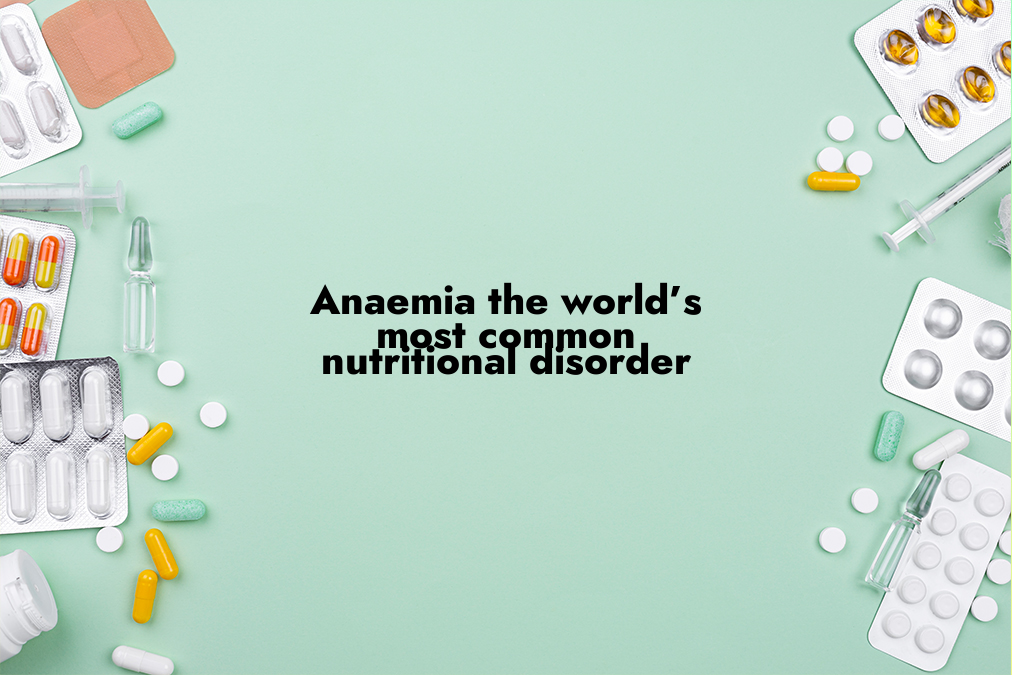Introduction
Anaemia, a condition characterized by a deficiency of red blood cells or a decrease in the quality of these cells, is a global health concern affecting millions of people worldwide. While it may seem like a straightforward issue, the intricacies of anaemia, its causes, consequences, and potential solutions are far more complex. In this article, we will delve deep into the world of anaemia, exploring its prevalence, underlying causes, impact on individuals and communities, and strategies to combat it. Join us on this journey to understand and address the world’s most common nutritional disorder.
Understanding Anaemia
What is Anaemia?
Anaemia is a medical condition that occurs when there is a shortage of red blood cells or a decrease in their ability to carry oxygen. These red blood cells are vital because they transport oxygen from the lungs to every cell in the body, ensuring proper functioning.
The Prevalence of Anaemia
Anaemia is a global health problem affecting people of all ages, but it is particularly prevalent among women, children, and individuals in low-income countries. According to the World Health Organization (WHO), approximately one-third of the world’s population suffers from anaemia. This equates to over 2 billion people living with this condition.
The Causes of Anaemia
Nutritional Deficiencies
One of the leading causes of anaemia is a deficiency in essential nutrients, particularly iron, vitamin B12, and folic acid. These nutrients are crucial for the production of red blood cells. Inadequate intake through diet or poor absorption can lead to anaemia.
Chronic Diseases
Certain chronic illnesses, such as chronic kidney disease, cancer, and autoimmune disorders, can disrupt the body’s ability to produce red blood cells. Anaemia often accompanies these conditions, further complicating patients’ health.
Genetic Factors
Some individuals inherit genetic mutations that affect the structure and function of their red blood cells. Sickle cell anaemia, for example, is a genetic disorder that alters the shape of red blood cells, making them less efficient at carrying oxygen.
The Consequences of Anaemia
Fatigue and Weakness
One of the most common symptoms of anaemia is fatigue and weakness. When the body lacks oxygen due to a low red blood cell count, it can result in tiredness and reduced energy levels.
Impaired Cognitive Function
Anaemia can also impact cognitive function, leading to difficulty concentrating, memory problems, and decreased alertness. This can affect a person’s ability to perform daily tasks and excel in their professional life.
Increased Health Risks
Untreated anaemia can have severe consequences, including an increased risk of heart problems, complications during pregnancy, and delayed growth and development in children.
Addressing the Anaemia Challenge
Improving Nutrition
One of the most effective ways to combat anaemia is by improving nutrition. Encouraging a diet rich in iron, vitamin B12, and folic acid can help prevent and treat this condition.
Medical Interventions
In cases where anaemia is severe or caused by chronic diseases, medical interventions such as iron supplementation, blood transfusions, or medications may be necessary to manage the condition.
Raising Awareness
Public awareness campaigns can play a significant role in addressing anaemia. By educating communities about the importance of nutrition and regular health check-ups, we can reduce the prevalence of this disorder.
Conclusion
In conclusion, anaemia is a widespread nutritional disorder that affects a significant portion of the global population. Its causes are diverse, ranging from nutritional deficiencies to chronic illnesses and genetic factors. The consequences of anaemia are far-reaching, impacting physical health, cognitive function, and overall well-being. However, by focusing on improving nutrition, providing medical interventions when necessary, and raising public awareness, we can work towards reducing the burden of anaemia on individuals and communities worldwide. It’s time to take action and address this common yet often overlooked health issue. Together, we can make a difference.

